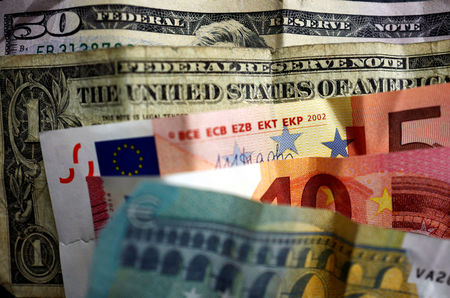
By Susanna Twidale
LONDON (Reuters) – The global market for carbon dioxide (CO2) removal credits could reach up to $100 billion a year between 2030 and 2035 from $2.7 billion last year if barriers to its growth are addressed, a report by management consultancy Oliver Wyman said on Thursday.
Worsening climate change and inadequate efforts to cut emissions have led U.N. scientists to estimate billions of tons of carbon must be removed from the atmosphere annually by using nature or technology to meet global climate goals.
Demand for credits has begun to increase from sectors as diverse as technology and finance, chemicals and aviation but it’s not yet large enough to drive the scale of projects that experts say are needed, the report by Oliver Wyman, the City of London Corporation and the UK Carbon Markets Forum said.
Total sales of CO2 removals were estimated at $2.7 billion in 2023, the report said but could grow to as much as $100 billion a year by 2030-35.
Barriers to growing the market include a lack of universally agreed standards on CO2 removal credits and a lack of guidance on how removals can be used to help meet climate targets.
On current growth rates between 2020-2023, the market is expected to reach $10 billion a year by 2030-2035, the report said.
To grow the market in Britain the government should include removals in its emissions trading system, set out a financial framework to support the market and endorse the use of removals within company net zero strategies, it said.

Globally, $32 billion has been invested in carbon dioxide removal projects to date, with $21 billion of this in engineered solutions, such as direct air capture (DAC) projects which suck CO2 from the atmosphere and $11 billion in nature-based solutions such as planting trees, the report said.
Critics of using carbon removals warn focusing too much on their use could deter companies from reducing their emissions as much as possible.
This post is originally published on INVESTING.


